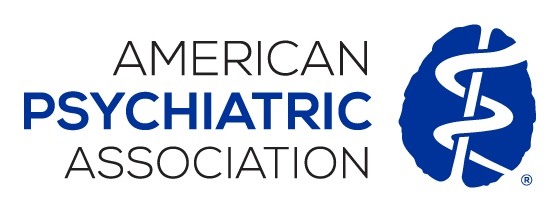
A six-month residential program that incorporates intensive short-term dynamic psychotherapy (ISTDP) can produce lasting improvements for individuals with difficult-to-treat personality disorders, according to a study in the American Journal of Psychotherapy.
ISTDP is a therapeutic modality that helps patients understand and confront their inner conflicts, using a strong therapeutic alliance to break down patients’ maladaptive defenses and self-defeating behaviors. This treatment has shown good success in outpatient settings for people with personality disorders, and starting in 1994, the Viersprong hospital in Amsterdam built it into their residential program for treatment-resistant personality disorders, shifting the traditionally individual psychotherapy to a group model—as described in an accompanying article.
Kees L.M. Cornelissen, M.A., a private practice psychotherapist at ISTDP-House in Bergen op Zoom, the Netherlands, and colleagues examined the long-term outcomes of 155 patients who were admitted to the residential ISTDP program between 1995 and 2005. Of these, 107 patients completed questionnaires and interviews in 2006, providing up to 10 years of post-discharge data; for the remaining patients, data previously acquired at discharge and scheduled one- and two-year follow-ups were included.
Personality disorder severity was assessed with the Symptom Checklist-90-Revised, which examines eight domains: agoraphobia, anxiety, hostility, cognitive deficits, depression, interpersonal sensitivity and mistrust, sleeping difficulties, and somatization.
Over the 10-year follow-up, the researchers found that patient symptom scores remained stable after discharge, while overall functioning increased slightly. At residential program admission, 39% of patients had a job, and by year 10 this had increased to 88%. Conversely, the number of patients receiving social welfare benefits dropped from more than 50% at admission to less than 10% at 10 years. The number of patients living with a partner fluctuated during the follow-up but was generally between 30% and 40%.
Residential ISTDP “comes with higher upfront treatment costs than outpatient services,” Cornelissen and colleagues wrote. However, given “the significant costs to both the individual and society associated with personality disorders in terms of functional impairments, disability, and time away from work, administrators should consider the cost-effectiveness of investing in an intensive residential program.”
For related information, see the American Journal of Psychotherapy article “Benefits of Using Intensive Short-Term Dynamic Psychotherapy in Psychiatric Practice.”
(Image: Getty Images/iStock/NoSystem images)
|
Members: APA Election Season is Here |

